A swimming water bottle is a specialized piece of equipment designed to provide hydration for swimmers during training sessions, competitions, or recreational swims. Unlike standard water bottles, swimming water bottles are crafted with features that cater to the unique environment and needs of swimmers. This comprehensive guide explores the importance, types, features, benefits, and considerations when choosing a swimming water bottle.
Importance of Swimming Water Bottles
Hydration is crucial for swimmers to maintain performance, endurance, and overall health during swimming activities. Despite being surrounded by water, swimmers can become dehydrated due to the physical exertion and the dry environment of indoor pools. Having a swimming water bottle ensures swimmers can stay hydrated conveniently without interrupting their training or swim sessions.
Types of Swimming Water Bottles
Swimming water bottles come in several types, each catering to different preferences and needs:
- Squeeze Bottles:
- Squeeze bottles are typically made of plastic or silicone and feature a nozzle or valve that allows swimmers to drink with minimal effort, often with one-handed operation.
- Sports Water Bottles:
- These are similar to standard sports water bottles but are designed with features like leak-proof lids, ergonomic shapes for grip, and durable materials suitable for aquatic environments.
- Hydration Packs:
- Hydration packs consist of a reservoir or bladder that holds a large volume of water and a drinking tube with a bite valve. They are worn on the back and are convenient for long-distance swimming or open water activities.
- Insulated Water Bottles:
- Insulated bottles keep water cool for longer periods, which is beneficial for swimmers training in hot environments or for outdoor swims in warm weather.
Features of Swimming Water Bottles
When choosing a swimming water bottle, consider the following features to ensure it meets your hydration needs:
- Material: Opt for BPA-free, food-grade materials like Tritan plastic or stainless steel that are durable, odor-resistant, and safe for prolonged use.
- Capacity: Choose a size that holds enough water to keep you hydrated during your swim session without being too bulky or heavy.
- Leak-Proof Design: Look for bottles with secure lids or caps that prevent leaks and spills, especially when tossed into a swim bag or carried poolside.
- Nozzle or Valve: Ensure the bottle has a drinking nozzle or valve that allows for easy sipping without needing to tilt the bottle, ideal for quick hydration breaks during training.
- Grip and Handling: Consider bottles with textured grips or ergonomic shapes that make them easy to hold, even with wet hands.
- Compatibility with Gear: If using a hydration pack or backpack, ensure the water bottle is compatible with the pack’s hydration system or compartments.
- Insulation: Insulated bottles maintain water temperature, keeping it cold or hot as desired, which can be advantageous for swimmers in varying environments.
Benefits of Using a Swimming Water Bottle
- Hydration on the Go: Swimmers can hydrate easily during breaks without leaving the pool or interrupting their swim routine.
- Performance Enhancement: Proper hydration supports optimal muscle function and endurance, potentially improving performance during training sessions and competitions.
- Convenience: Designed for easy access and use, swimming water bottles are lightweight and portable, fitting into swim bags or backpacks with ease.
- Health and Safety: Staying hydrated reduces the risk of dehydration-related issues such as muscle cramps, fatigue, and overheating, promoting overall well-being.
- Customization: Many swimming water bottles come in various colors, designs, and sizes, allowing swimmers to choose one that suits their style and preferences.
Considerations When Choosing a Swimming Water Bottle
- Activity Type: Consider whether you need a bottle for pool training, open water swimming, or both, as this can influence the type and features you require.
- Durability: Select a bottle made from sturdy materials that can withstand frequent use and potential drops or bumps.
- Cleaning and Maintenance: Choose a bottle that is easy to clean and maintain, with components that can be disassembled for thorough cleaning to prevent mold or bacteria buildup.
- Budget: Balance features and quality with your budget to find a bottle that offers good value and meets your specific hydration needs.
Maintenance and Care Tips
To ensure your swimming water bottle remains clean, functional, and durable:
- Clean Regularly: Rinse the bottle thoroughly with warm water and mild soap after each use, especially if used with sports drinks or supplements. Use a bottle brush to clean hard-to-reach areas.
- Dry Completely: Allow the bottle to air dry with the lid off to prevent mold or mildew growth.
- Inspect Regularly: Check seals, valves, and lids for signs of wear or damage, and replace components as needed to maintain leak-proof functionality.
- Avoid Extreme Temperatures: Avoid exposing your bottle to extreme heat or freezing temperatures, as this can affect the bottle’s durability and insulation properties.
Conclusion
A swimming water bottle is an essential accessory for swimmers of all levels, providing convenient hydration during training, competitions, and recreational swims. By choosing a bottle with the right features and materials suited to aquatic environments, swimmers can ensure they stay properly hydrated, maintain peak performance, and enjoy their swimming activities to the fullest. Whether you prefer a traditional squeeze bottle, a high-tech hydration pack, or an insulated sports bottle, investing in a quality swimming water bottle is a wise decision for any swimmer seeking comfort, convenience, and improved performance in the water.





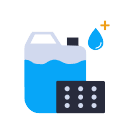
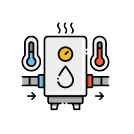





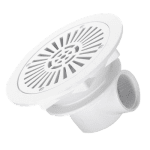





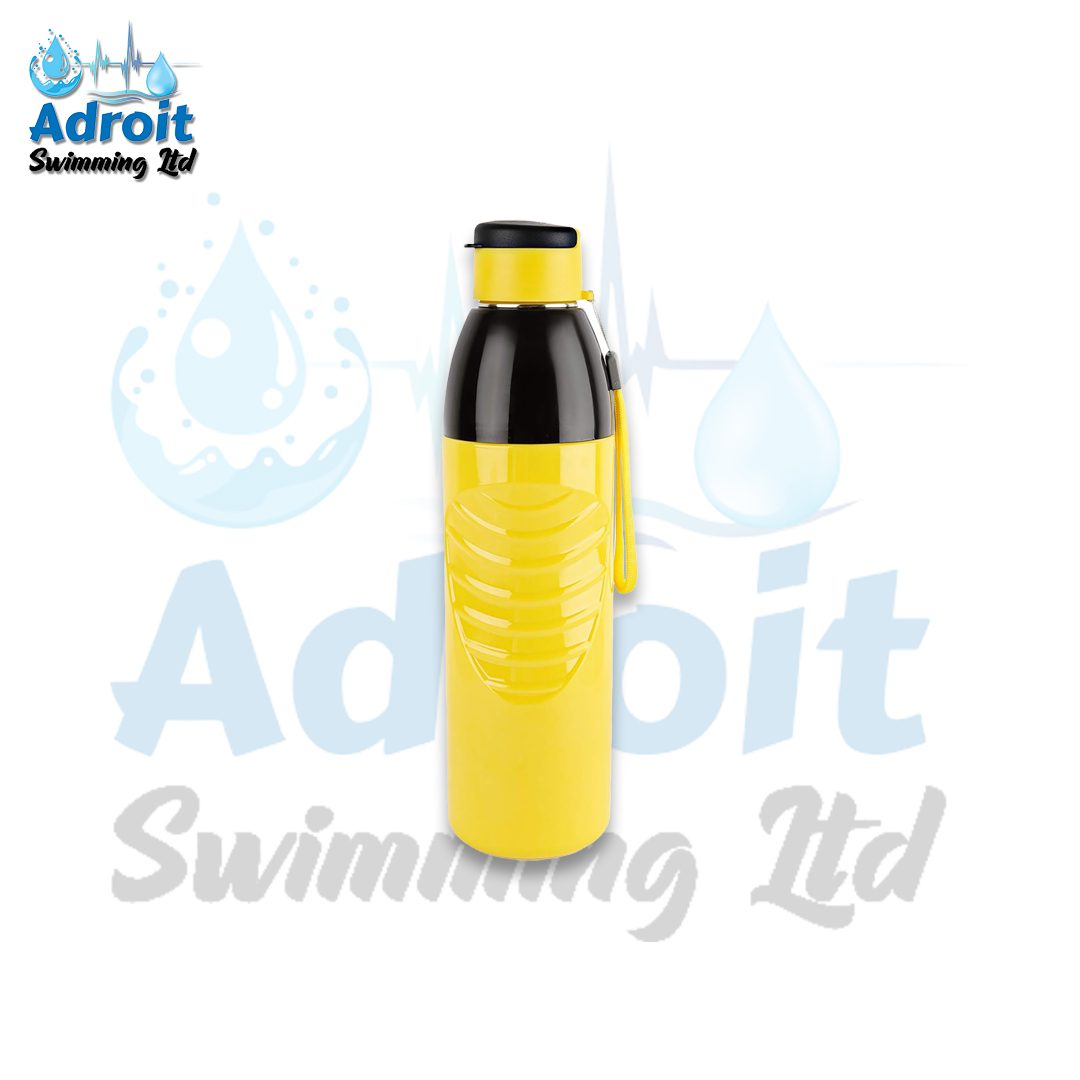
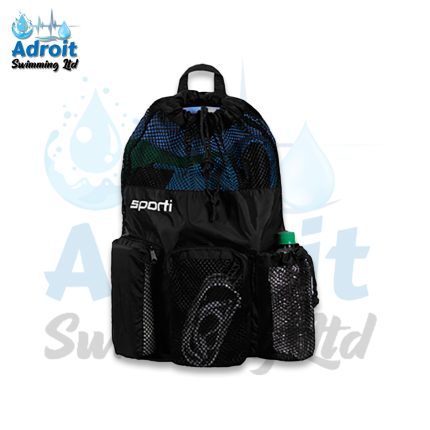


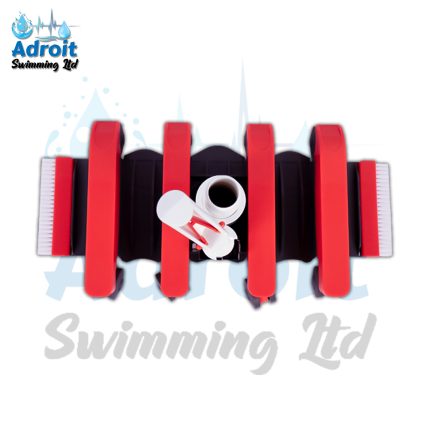
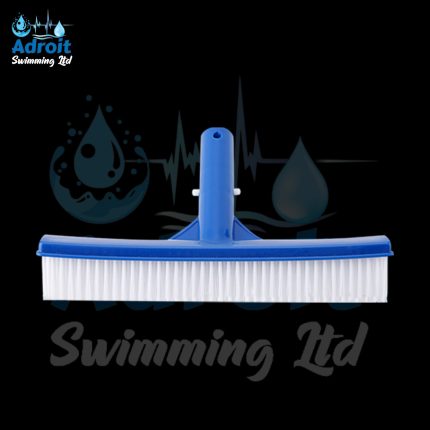
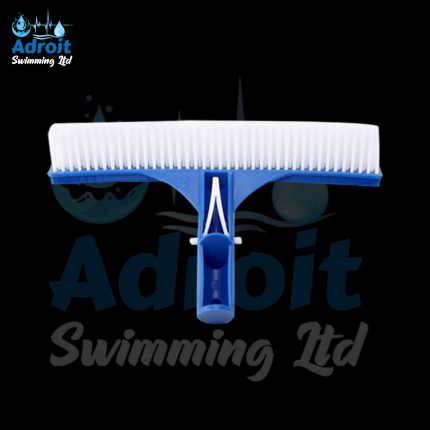
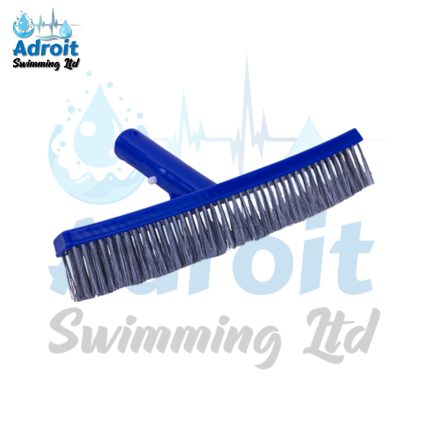

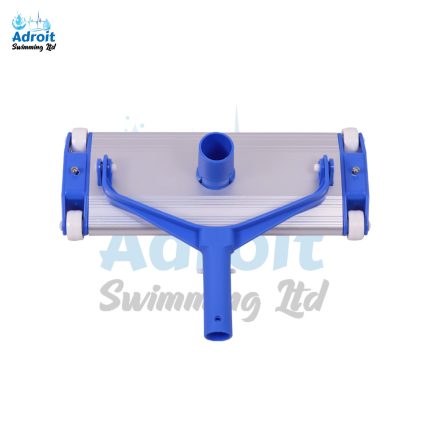
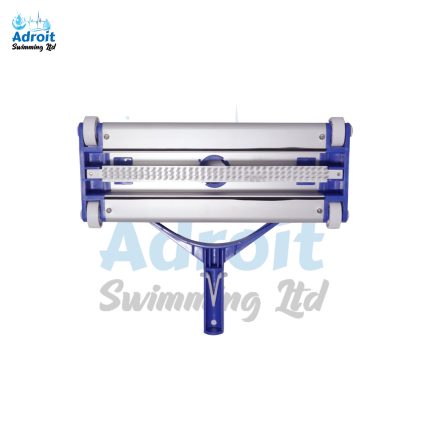
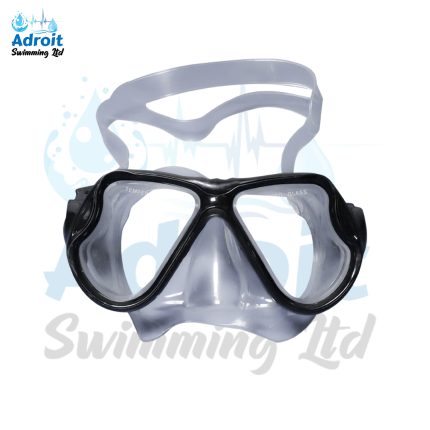
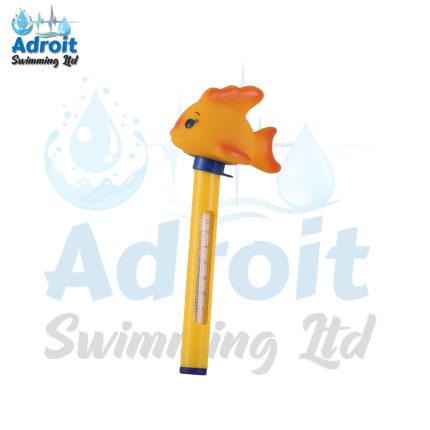
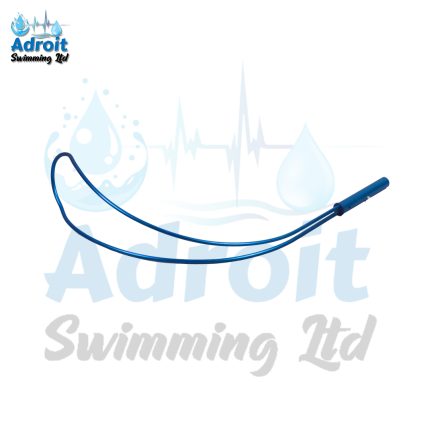



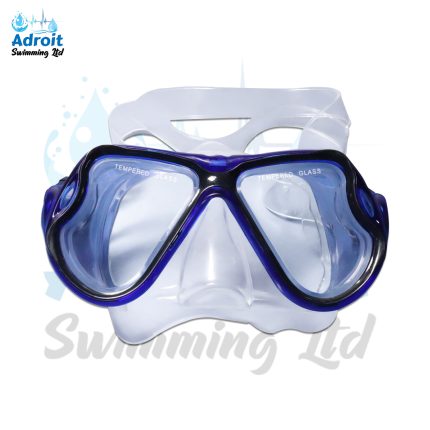
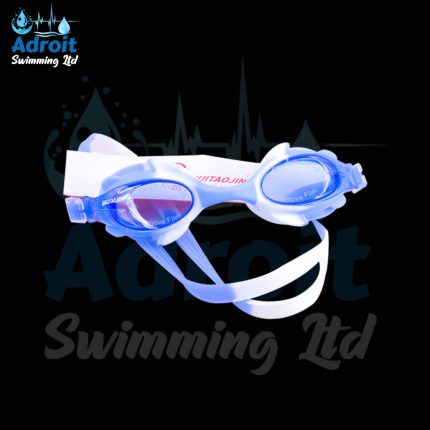
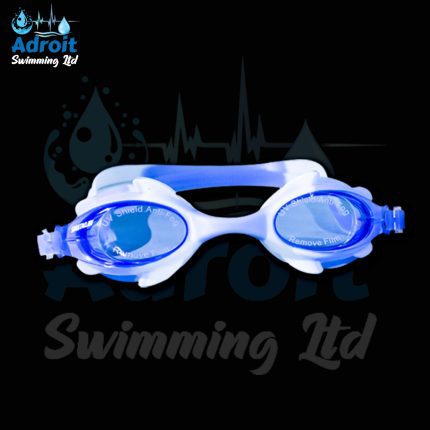
Reviews
There are no reviews yet.